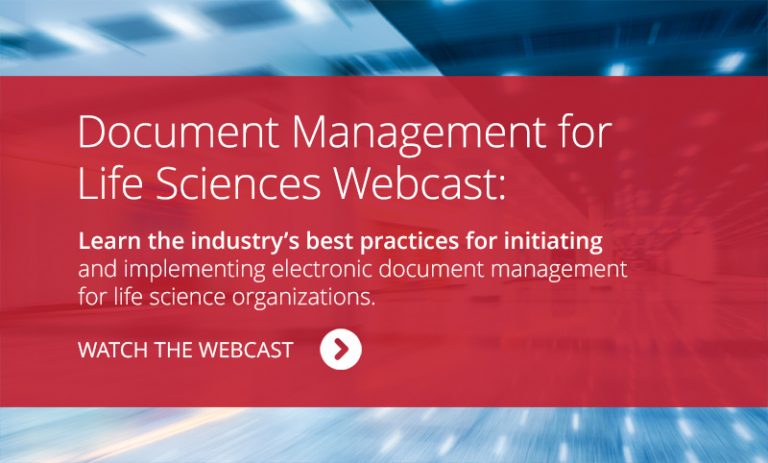December 19, 2016
Document management problems could soon impact the momentum in the number and speed of drug approvals for the pharmaceutical industry. FDA’s Office of Generic Drugs (OGD) record Fiscal Year 2016 resulted in an all-time high in the number and speed of drug approvals. According to OGD, it issued 835 tentative or full approvals and 1,725 complete response letters (CRLs) during the FY – that’s well up from FY 2012 when OGD first began tracking in this manner.
OGD Evolving Mandate
Since its reorganization in 2012, part of OGD’s evolving mandate is to review generic drug applications (known as abbreviated new drug applications or ANDAs) to ensure patients receive safe, effective, and high-quality generic drugs. It also serves as the main point of contact between ANDA applicants and the FDA and offers guidance and regulatory oversight to the pharmaceutical industry on a wide variety of clinical, scientific, and regulatory matters relating to generic drugs.
Pharmaceutical Manufacturers: Bad News on the Horizon?
According to its report, the OGD averaged about 70 tentative or full approvals each month in FY 2016, that’s well up from the 51 per month in fiscal 2015. OGD also reported an average of about 144 CRLs per month in FY 2016 compared to the approximately 100 per month it approved the previous fiscal year. OGD’s most recent data indicates that tentative and full approvals peaked in December with 99 approvals. CRLs, on the other hand, reached a record in September, with 193 rejections.
So, what’s the bad news? Pharmaceutical manufacturers may be slowing their progress because they continue to make the same mistakes in their ANDA submissions, many experts say. Many, if not all, of those mistakes, can be tied directly to flabby document management and quality management system (QMS) programs.
Does your #lifesciences organization follow best practices for document management? Find out now http://bit.ly/2dxrUmf
— AssurX (@AssurX) October 24, 2016
Document Management: Top Submission Mistakes
Here are some of the top submission mistakes cited by OGD: Wrong telephone numbers, unsecured email addresses, and inconsistent sponsor names which can translate into delays in the review process. OGD called out other issues across the generics submissions process — including the Form FDA 356h, which is required with an Abbreviated New Drug Application (ANDA); transfer of ownership applications; ANDA consolidations; and withdrawals.
Common mistakes in Form 356h include not providing chemical names, insufficient information on reference drug products, and failing to list all facilities associated with the manufacturing, packaging, and control sites for both drug substances and drug products.
Again, problems here suggest document management and overall quality management system (QMS) shortcomings that bear scrutiny. Luckily, they’re relatively easy to spot and corral using the right tactics and tools like those found in the AssurX quality management system (QMS).
Stakes Get Higher
Maintaining both the highest quality levels and strict regulatory compliance standards not only affects the bottom line, but it can also literally be a matter of life and death for those people taking generic drugs. To protect both companies and consumers, it’s essential to understand and meet the challenges of increasingly tough FDA and other regulatory body demands.
Pharmaceutical manufacturers who get a better handle on these challenges by identifying and implementing a proven quality management system (QMS) best practices should be able to avoid common mistakes when submitting new generic drug submissions.
Concerns about HIPAA?
In addition to the FDA’s stringent and complex 21 CFR Part 11, 54, and 58 requirements, generic drug manufacturers can face serious regulatory compliance scrutiny from the Department of HHS and its HIPAA patient privacy regulations. It is incumbent upon pharmaceutical manufacturers of generic drugs to use the software, hardware, and system processes that ensure only those personnel required to see a given piece of data are in fact allowed to access it. An automated document management solution as part of a versatile quality management system (QMS) like AssurX can provide an added layer of confidence that data remains secure. Failure here is simply not an option.
21 CFR Part 11 Compliance With AssurX
Ensuring your company is compliant with 21 CFR Part 11 can be a daunting task for quality and compliance professionals. Review the AssurX FDA Compliance Bulletin to learn more about how the AssurX Quality Management System (QMS) is compliant with 21 CFR Part 11.



